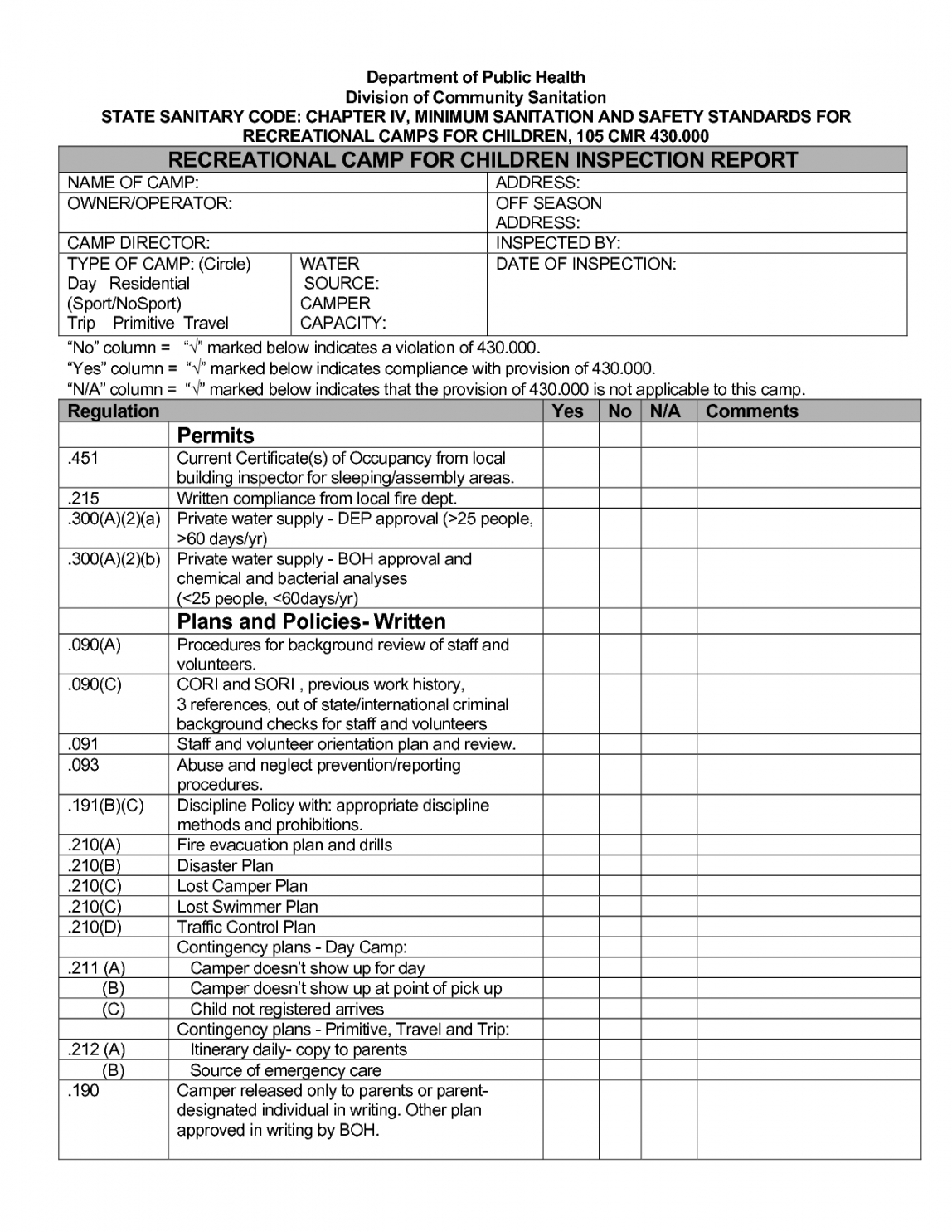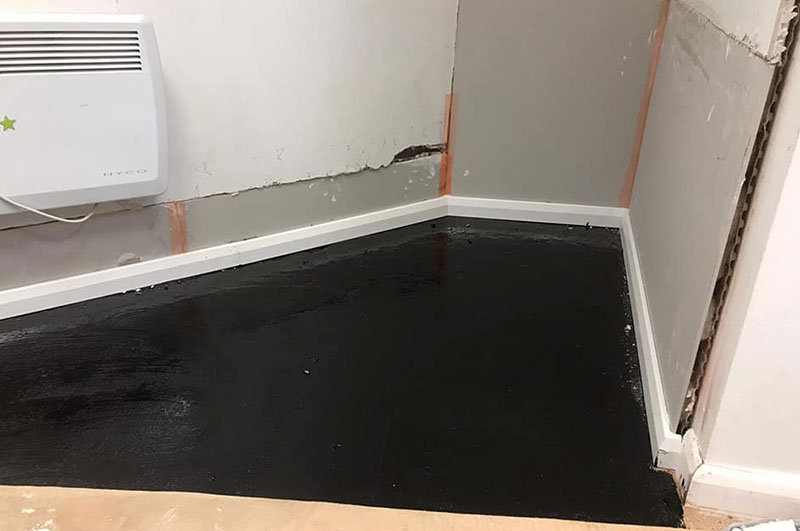
September 1, 2024
Retaining Wall Surface Drains Significance For Your Wall Surfaces Stability
Water Drainage Systems In Preserving Wall Surfaces: Preventing Water Damages Hence, applying an approach to relieve this pressure is critical to the long life of any keeping wall. In addition to drain, incline stabilization is likewise important for retaining wall building and construction in Kelowna's sloped settings. Incline stablizing entails making use of dirt supports to stop soil motion and erosion. These reinforcements can be in the type of geogrids, soil nails, or rock screws. The soil supports are set up behind the retaining wall to stabilize the dirt and avoid it from relocating or wearing down.How stone can help control water erosion - Total Landscape Care
How stone can help control water erosion.


Posted: Fri, 03 Jan 2020 08:00:00 GMT [source]
Budgeting For Water Drainage And Wall Surface Construction
Weep holes are tiny openings at the base of the wall surface that allow water to escape. These are vital for correct timber retaining wall drain as they alleviate hydrostatic pressure and stop water buildup. Proper placement and spacing of weep holes make sure effective water circulation and boost the wall's performance. Finally, constructing a concrete block retaining wall surface that stands solid against the examinations of time entails a detailed understanding of water drainage dynamics. Appropriate drain is crucial for the long life and performance of any kind of concrete keeping wall.Weep Openings And Their Mechanism
The longevity and effectiveness of these walls mainly rely on the proper implementation of drainage options. Retrofitting existing wall surfaces with new drain systems can be done with very little disturbance. Techniques such as mounting French drains or including surface drain solutions can be integrated with existing structures. Ensuring the new systems are effective and efficient involves proper preparation and professional implementation. Regular maintenance and examination additionally improve the durability and performance of your drainage systems, providing you peace of mind throughout the rainy seasons.- Furthermore, they can likewise assist appropriate upkeep of the water drainage system to stop any kind of prospective issues in the future.
- Excavation and website preparation are the first action in setting up drain systems.
- Contrasting expenses and advantages assists identify the best method for your task.
- Mixing basic techniques with customized options for different situations encourages viewers to protect their wall surfaces from damages arising from inadequate water drainage.
- So, ensure to select the ideal drain system for your preserving wall surface and prioritize correct installment and upkeep for its overall structural integrity.
Key Parts Of Preserving Wall Surface Water Drainage
Diligent upkeep regimens are important for preserving the reinforced wall surface's structural stability lasting. Precision in remediation is important; matching backfill materials and compaction degrees makes sure harmony and resistance to future contortion. Geotechnical designers should recognize refined signs like efflorescence or weep hole obstructions, which can represent unhealthy water problems. Upon additional inspection, it ended up being clear that the mounting specialist stopped working to take into consideration the truth that water draining down the slope would certainly gather behind the wall. Although not deliberately, the wall was acting, basically, like a dam, holding the water behind the wall-- not a common feature for a retaining wall. A second critical error was the service provider chosen to "cut an edge" https://s3.us-east-1.wasabisys.com/2udlbbfu4jfp72izc/party-wall-agreement/neighbor-relations/dissemination-and-exploitation-of-research-study-results-european602175.html and backfill behind the wall surface totally with topsoil instead of a permeable, free-draining crushed rock material. This drainpipe rock that was omitted from the wall surface is an indispensable product required for success. The retaining wall surface is a system and it is only like the amount of its components. By not properly resolving the draining pipes slope and using topsoil for backfill, the service provider secured the destiny of the integrity of the wall surface. In this manner you'll make certain to get a top quality wall that will certainly last for years without problems. An incorrectly built retaining wall might protrude, split or lean, developing an unsightly eye sore and a headache for you. Inspections must concentrate not just on the integrity of the fill product but additionally on the problem of the geotextile and mesh elements. Buy a preserving wall surface that stands solid versus water pressures while enhancing the total aesthetic of your exterior area. Improvements in drainage innovation deal cutting-edge attributes that can be incorporated right into maintaining wall surface jobs.What is the most effective gravel for drainage behind a preserving wall?
Recommended Water Drainage Gravel and Filter Textile for Keeping Wall Surfaces. When it concerns water drainage rock, make use of an angular aggregate that''s devoid of fines. For Keystone 100 retaining wall surfaces, # 57 or ¾& #xbe; & #x 201d;(20mm) clean crush drainage crushed rock is suggested.
Social Links